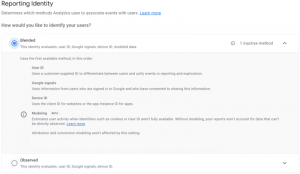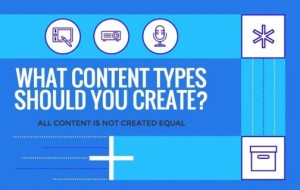3 (kind of easy) ways to totally transform the hiring process
Hiring is broken. On the latest episode of The New Way We Work, we ask: What if we burned it down and started over? Career expert Kimberly Brown imagines that new world with us.
One of the fundamental problems with work that all of the other problems hinge on is getting hired in the first place.
Even as the nature of work changes and innovations transform our jobs, the hiring process feels stuck in the same biased, ineffective rut. This is a problem as old as work itself, and while we’ve made progress in the way we think and talk about the hiring process, actual change has been slow.
Over the years, we’ve covered ways to address the so-called “pipeline problem” in hiring by tackling unconscious bias in interviews and writing about the importance of expanding candidate pools; we’ve talked about removing degree requirements and how AI can help target the skills that are needed to succeed in a job, rather recruiters focusing too narrowly on a candidate’s past experience.
Still, too often when a company finds itself with an open position, they fall back on the same broken methods: mining leadership’s narrow professional networks or posting the same ineffective job ads in the same places.
So, how can we fix a system that’s so ingrained in the way companies operate? How can we really reach unexpected and under-represented candidates? If we could burn the whole thing down and start from scratch, what would a new, more effective and fair hiring process look like?
On the latest episode of The New Way We Work, I speak to career and leadership development expert Kimberly Brown about how we can redesign the hiring process.
Here are three steps of the process that Brown says companies should address most urgently.
Before you post: Build up pipeline of potential candidates
Brown notes that when a company finds themselves with an open position, they always want to fill the vacancy quickly. However, they have to start from scratch in finding candidates, so they often fall back on old ineffective methods. “The fastest way that someone can shorten the hiring time is by identifying silver medalists and proper pipelining,” says Brown. “But we don’t give recruiters enough time. Use your data and give your recruiters time.”
“Silver medalists” are past candidates who were runners-up to jobs. Maybe they weren’t the right fit for those positions, but they might be great in another role at the company. Brown says that HR and hiring managers should always be actively recruiting by both proactively identifying new talent and also sourcing from former candidates by keeping past connections alive.
Interview process: Transparency and consistency
Salary transparency and salary ranges are an important step in pay equality and an important tool to help match candidate expectations with company priorities. But, Brown points out, ranges are useless when they are too wide and waiting to discuss salary until later in the interview process can lead to a lot of wasted time if candidate and company expectations don’t line up.
“Salary should be discussed during the recruitment strategy discussion in the beginning,” Brown says. “[For] organizations that are mature in their hiring model, each role should be within a certain range.” Brown also says that the range should be narrow, no more than $20,000. “Why are you saying that your role is between $125,000 and $300,000? That tells me nothing.”
Many companies also make the interview process too long, too opaque, and too inconsistent for candidates. She advises that every candidate for an open role should interview with the same people (their potential managers, direct reports, and colleagues) and be asked the same set of questions so they can be fairly evaluated.
“Generally there should be a good rubric for each question so you’re able to rate the candidates,” says Brown. “If you have a rating scale, and you’re asking the same questions, you can rate the answer for each question and give each candidate a rating.” A system like this, she explains, is better to avoid the group think that can happen when discussing a candidate.
The job offer and beyond: Follow through
Once a company is ready to make a job offer to a candidate, Brown points out there are three different phases to the process: offer extended, offer declined, or offer accepted. “Many times, we just focus on ‘offer accepted.’ But we don’t think about how we can create an exit process for those who we decline and those who we make an offer to [who] decline us,” she says.
This is where Brown advises to start building the pipeline for future positions. In other words, if someone was good enough to make it to the final stages the hiring process, even if they aren’t a fit for that particular role, they are likely a good person to keep in touch with for future opportunities. And if the offer was extended, but they declined, it’s a really good place to get feedback. You may find out your hiring process took too long, or if your pay rate isn’t competitive enough.
For more on how to revamp the hiring process, including how to write better job descriptions, how companies and candidates should approach testing and sample work in the interview process, and more, listen to the full episode.

ABOUT THE AUTHOR
(6)





